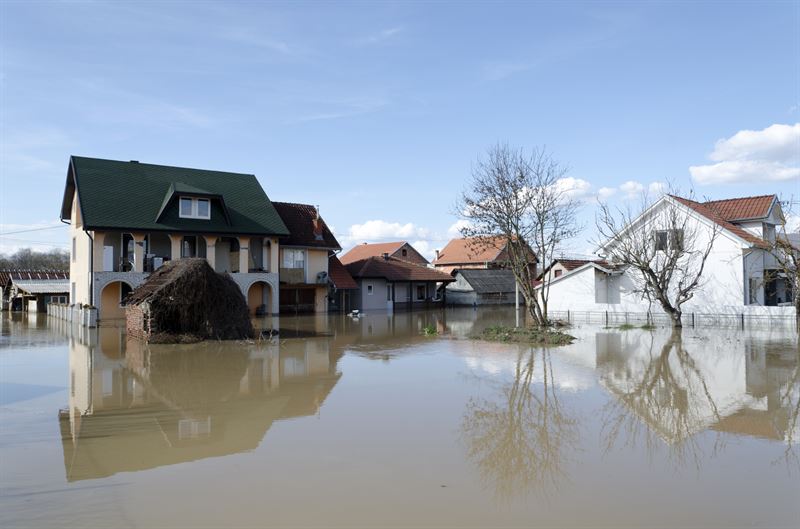As Spring Flooding Risk Rises, PCI Says Review Insurance to Protect Your Property

CHICAGO – With numerous severe weather bands causing many areas around the country to experience flooding, the Property Casualty Insurers Association of America (PCI) urges property owners to take precautions to protect themselves and their belongings.
The U.S. Climate Prediction Center’s weather outlook for March, April, and May calls for above average precipitation across the upper U.S. from Montana to Maine and North Dakota to North Carolina.
“The combination of fluctuating temperatures, melting snow, and heavy rains in recent weeks have forced people to flee their homes due to flash floods and river flooding,” said Chris Hackett, PCI’s senior director of personal lines. “That’s why it’s so important to be prepared. Take time and review your insurance policy, completing a home inventory, and keep your insurer’s contact information handy if you’re at risk of flooding.”
Because the potential for flooding increases as spring nears, PCI encourages homeowners to consider purchasing flood insurance. Flooding is the most common natural disaster and it results in billions of dollars in damage each year. According to CoreLogic, flooding from Hurricanes Harvey and Irma alone resulted in an estimated $69 billion to $105 billion in residential and commercial damage. The majority of flood damage from these two storms was uninsured—75 percent was uninsured from Harvey and 80 percent was uninsured from Irma.
“It’s important to note that standard homeowners policies do not cover flooding,” said Hackett. “Flood coverage needs to be purchased as an additional policy through the National Flood Insurance Program, and there is typically a 30-day waiting period between the date of purchase and when flood insurance takes effect. The sooner you purchase additional coverage, the better prepared you’ll be for any flooding scenarios.”
PCI offers the following additional tips for before, during, and after flood events:
Review your insurance policy. Have a conversation with your agent to evaluate your insurance coverage and determine whether you should purchase additional flood insurance. Get familiar with what’s covered in your policies and know your deductibles. Higher deductibles can keep the cost of insurance down.
Complete a home inventory. Make a list of your household items, and photograph or videotape them for further documentation. Include receipts, descriptions, and estimated values. Keep your inventory and insurance policies in a safe place.
Stay alert to rising water. Flood emergencies can develop quickly. It’s important to monitor media reports, and if your home is near water or in a low-lying area, stay alert and seek higher ground, if necessary. Also, never drive through high water. Remember: ‘turn around, don’t drown.’
Document damage. Contact your insurer right away to get the claims process started if you experience flood damage. Make a list of damages and take photographs before you start cleaning up. Set aside damaged furniture and other expensive items to show to your adjuster, and keep receipts for any temporary repairs that you make. To settle your claim quickly and accurately, it helps to have as much information as possible about your damaged possessions. Also, ask your insurer for referrals for professional restoration, cleaning and salvage companies.
For more information and tips, visit PCI’s Flooding Headquarters.
For more information about the National Flood Insurance Program, visit www.floodsmart.gov.




